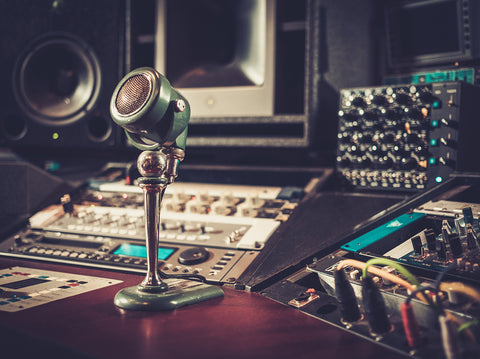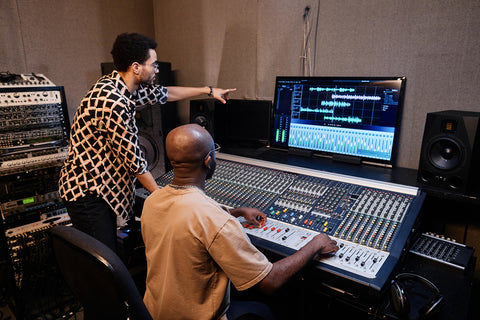What Are the Key Differences Between Analog and Digital Recording?
What Are the Key Differences Between Analog and Digital Recording?
Navigating the Complexities of Modern Recording Techniques
In the ever-evolving world of audio production, understanding the differences between analog and digital recording is crucial for any aspiring audio technician or home studio owner. This comprehensive guide explores these two fundamental recording methods, shedding light on their unique characteristics and implications for sound quality.
Introduction: The Evolution of Recording Technology
The journey of audio recording has seen a significant transformation from analog to digital techniques. Grasping the nuances of these methods is essential for anyone passionate about producing high-quality sound.
1. The Essence of Analog Recording
Analog recording, the traditional method of capturing sound, has its own unique charm and characteristics.
Understanding Analog Technology
Learn about how analog recording captures sound waves as continuous signals and the impact of this method on sound quality.
The Role of Analog Equipment
Explore the various types of analog equipment, such as tape machines and mixing consoles, and how they contribute to the warm, rich sound associated with analog recordings.
2. The Digital Recording Revolution
Digital recording has become the standard in modern music production due to its convenience and versatility.
Basics of Digital Recording
Understand the process of converting sound waves into digital signals and how this transformation affects the audio.
Advantages of Digital Technology
Discover the benefits of digital recording, including its precision, ease of editing, and storage efficiency.
3. Sound Quality: Analog Warmth vs. Digital Clarity
One of the most debated aspects of analog and digital recording is their impact on sound quality.
The Warmth of Analog
Discuss the characteristics of analog recording that contribute to its perceived warmth and richness, and how this affects the listening experience.
The Clarity of Digital
Explore the clarity and accuracy of digital recordings, and how this precision benefits various genres and production styles.

4. Practical Considerations in the Home Studio
For home studio owners, choosing between analog and digital recording methods involves practical considerations.
Budget and Space Constraints
Examine the budgetary and spatial implications of setting up analog versus digital recording setups in a home studio.
The Role of Acoustic Panels in Sound Quality
Understand how acoustic panels can optimize the recording environment, whether you’re using analog or digital methods.
5. Hybrid Approaches: Best of Both Worlds
Many modern studios employ a hybrid approach, combining the warmth of analog with the flexibility of digital.
Integrating Analog and Digital Elements
Learn how to effectively integrate analog equipment with digital workflows to create a hybrid setup that capitalizes on the strengths of both methods.
Creative Possibilities with Hybrid Setups
Explore the creative possibilities that hybrid setups offer, allowing for greater experimentation and innovation in music production.
6. Conclusion: Choosing the Right Path for Your Audio Needs
In conclusion, both analog and digital recording have their place in the world of music production. Your choice depends on your specific needs, preferences, and resources. Understanding these key differences empowers you to make informed decisions in your audio production journey, ensuring that your home studio is equipped to deliver the sound quality you desire.
ABOUT AUTHOR
House Live Engineer of Free Bird, a live house with the history of South Korea's indie music scene.
Single album/Regular album/Live recording, Mixing and Mastering experience of various rock and jazz musicians

















